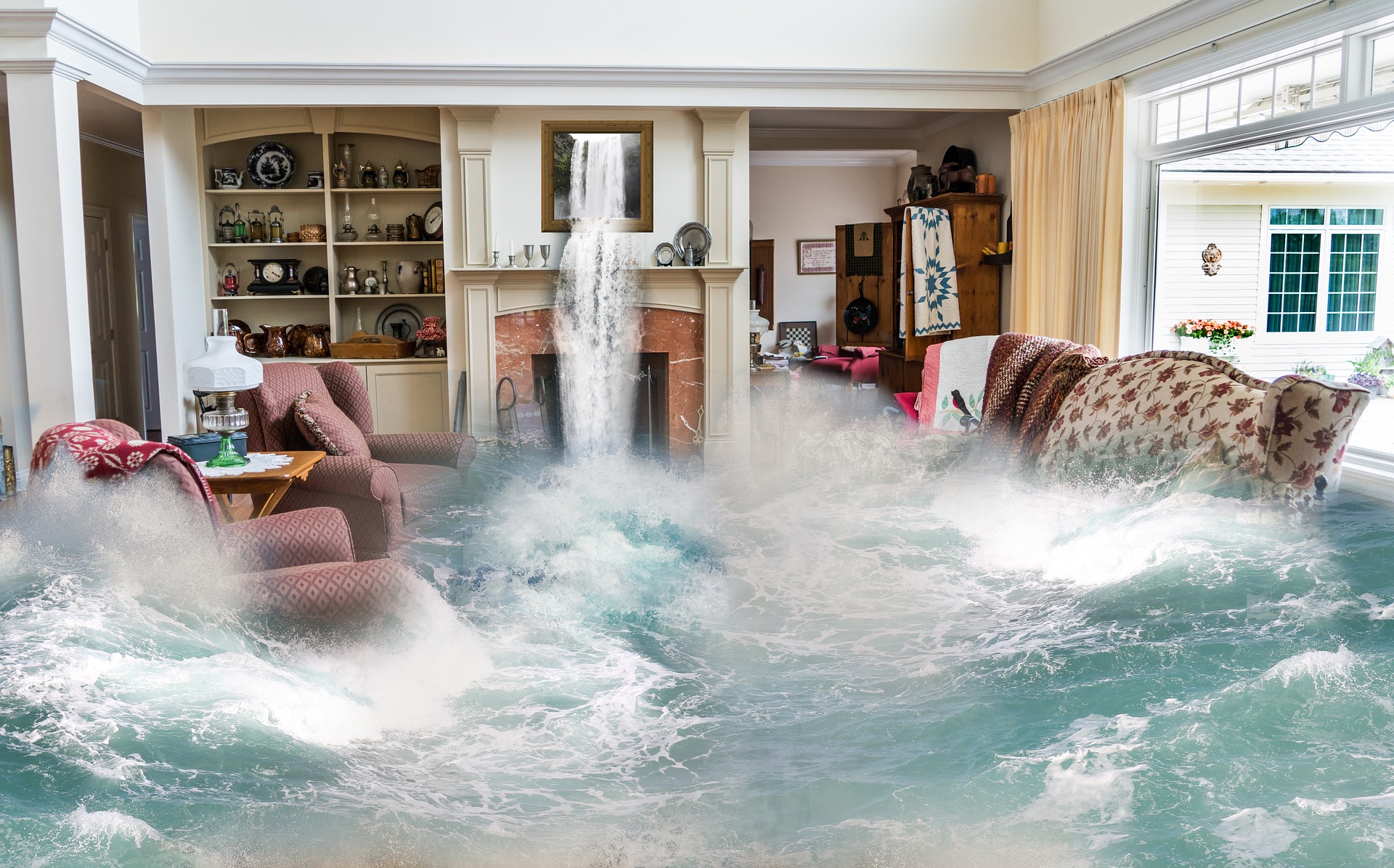Lucid dreaming is often associated with control over the plot of dreams, although the limitations of this control are not yet fully understood. In a new study, scientist Remington Mallett, the author of an experiment to create a computer-brain interface using lucid dreams, studied the ability to recall memories of waking scenes in lucid dreams.
Participants in the experiment were invited to the laboratory and asked to explore the experimental room. They were then asked to recreate this scene in a lucid dream. The experimental room contained a variety of objects, including a rubber rattlesnake, a portrait, an abstract painting, and an analog clock set to 6:15.
A total of 23 volunteers took part in the study. 9 of them reported being able to recreate a laboratory scene in a dream. In doing so, they used different strategies. Some found themselves in the room effortlessly, some had the intention of visualizing the room, while others had to make their way into the laboratory through a corridor full of obstacles.
Qualitative analysis showed that reconstructions of the scene in the dreams were inaccurate compared to the original experimental scene. For example, the clock was showing the wrong time, the portrait was blurry, and some objects in the room were animated. Thus, in several dreams, the snake was real and moving, the clock showed midnight, and the both the abstract painting and the person in the portrait were alive.
However, it is impressive that the participants were able to recall the real laboratory scene with such clarity as to recognized the inaccuracies in their dreams. This holds promise for future research on recreating memories.
The article was published in August 2020 in the scientific magazine Consciousness and Cognition.




